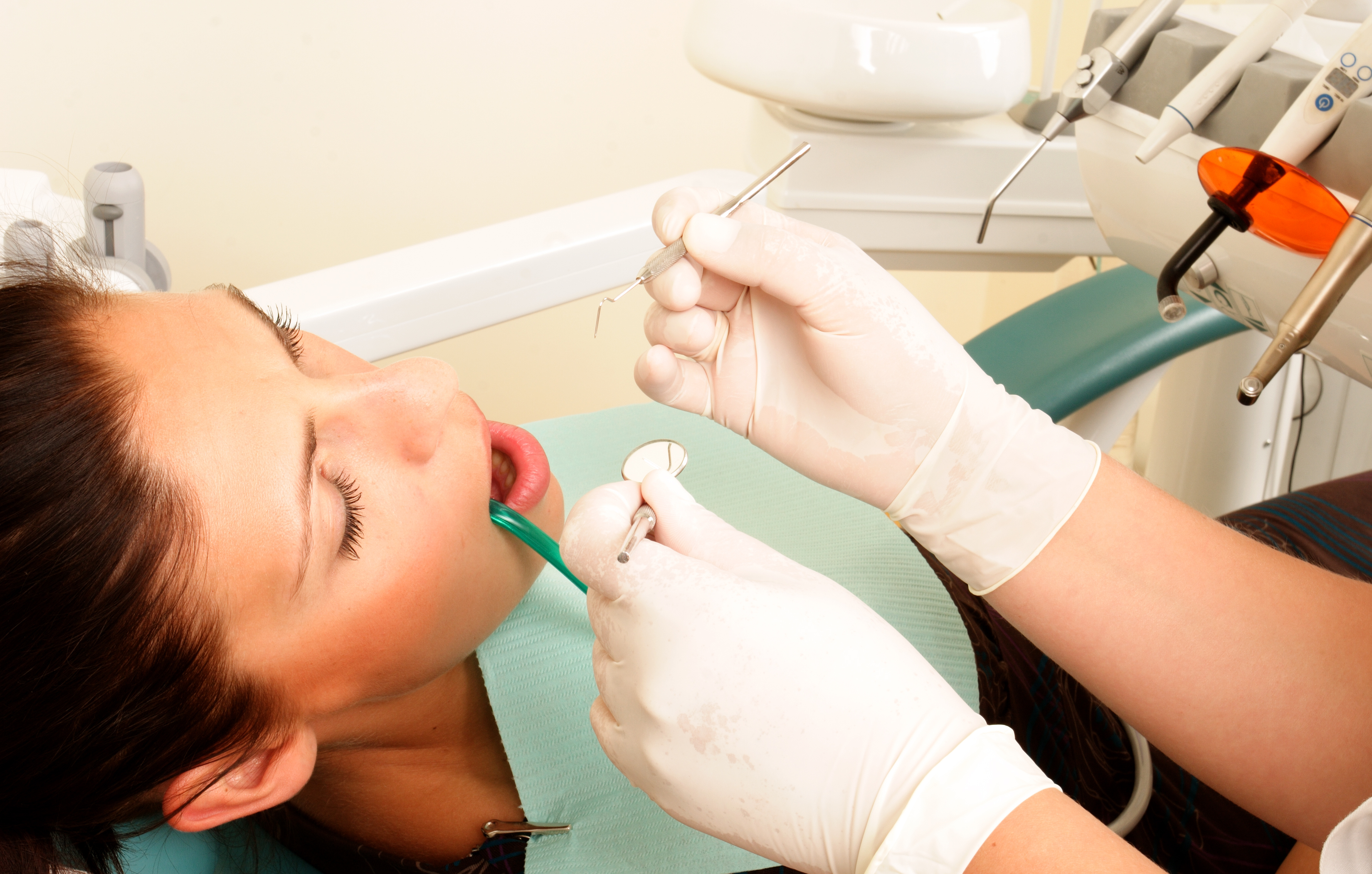Contents:
Medical Video: Dr. Oz Shows How to Prevent Blood Clots
Work in the office forces most of us to sit too long in front of a computer screen. Not to mention the time of commuting to office which is also spent sitting in a car or public vehicle.
Based on published reports from the Annals of Internal Medicine, the average person spends more than half of their total activity time in an inactive state - whether sitting, or lying down. In fact, lazy habits of motion have been associated with various increases in the risk of health problems. Starting from diabetes, obesity, to heart disease.
But not many realize that sitting too long can cause blood clots in the legs, especially in the thighs or calves, which is called deep vein thrombosis (DVT). Blood clotting is actually a normal thing, but can be quietly lethal when it is getting worse and not handled properly.
Learn more about some of the symptoms and causes of blood clots in the legs, as well as ways to avoid them.
How can sitting too long cause blood clots in the legs?
Blood clots that occur in one of the large blood vessels in the body are referred to as deep vein thrombosis (DVT). When there are foreign substances or particles that prevent blood from flowing normally or freeze properly, this can cause blood clots in the legs. Chemical imbalances in the blood clotting process can also cause blood to clot. In addition, the problem with the venous valve also makes it difficult for the blood to return to the heart.
Deep vein thrombosis (DVT) sometimes occurs for no apparent reason. However, the risk of developing DVT increases in certain situations. For example, when you sit too long. Sitting for hours makes the blood flow obstructed in the lower part of the body. This causes blood to gather around the ankle and cause swelling to varicose veins, which then leads to blood clots.
This is usually not too worrying because when you start moving, the blood flow will begin to move evenly throughout the body. However, if you cannot move for a long period of time - such as after surgery, because of an illness or injury, or during a long trip - your blood flow can really slow down. Slow blood flow increases the risk of blood clots forming.
Who is most at risk of developing DVT?
Your risk of getting a DVT also increases if you or your immediate family have previously experienced DVT, and you:
- Being overweight or obese
- Smoke
- Dehydration
- Pregnant
- Aged more than 60, especially if you have conditions that limit your body movements
Swelling, redness, pain that resembles severe muscle cramps, a warm sensation, and a softened area - all these are signs of blood clots in your legs, especially if these symptoms occur only on one leg. That's because you are more likely to have clots on one leg, than in both.
What is the danger of blood clots in the legs?
Clotting blood is normal and basically harmless. This is needed to prevent you from losing a lot of blood in certain situations, such as when injured. Usually, your body will naturally dissolve blood clots after an injury heals. But sometimes blood clots can occur without any injury or do not dissolve. And when this blood clot is released and goes to another part of the body, this can be dangerous.
Blood clots in the leg that move the lung block can cause pulmonary embolism. Pulmonary embolism is the most serious complication of DVT and can be fatal if you don't get medical help as soon as possible.
If the lump is small, it may not cause any symptoms. If large enough, blood clots can cause chest pain and difficulty breathing. Large clots can cause lung damage, and result in heart failure. About one in 10 people with untreated DVT can cause severe pulmonary embolism.
When a blood clot in the leg is released towards the heart or brain arteries and clogs it, it can cause heart attacks and strokes when a blood clot suddenly breaks.
How do you prevent blood clots in the legs?
The most effective way to prevent blood clots in the legs from sitting too long is to reduce sitting time and start moving more, including when on a long trip.
- More moves in the office. If you have sat down while working, it's okay to get up and walk (for example to the bathroom, take drinking water, or take a walk in the evening looking for a snack). Or, you can exercise small cubes in the room just by doing simple movements. It would be better if you choose to use a ladder to reach the office floor instead of using an elevator, and give your seat to other people who are more in need while on public transportation.
- When making a long flight, get up and walk along the aisle of the aircraft cabin. Or, stretch your legs in your chair. If traveling by car or public transportation, stop every 1-2 hours and slip into the rest area for a short walk.
- Diligently drink water can also help you reduce the risk of blood clots. Avoid coffee and alcohol. These two drinks dehydrate, which makes your blood vessels narrow and blood thickens so you are more likely to get blood clots.
- Exercise regularly - every day, if possible. Walking, swimming and cycling are examples of good activities to keep blood circulation smooth. Exercise will also help you manage your weight, along with low-fat foods, and high in fiber with lots of vegetables and fruits.
- If you smoke, stop now. Smoking increases blood pressure which increases your risk of blood clots. It's never too late to stop smoking












